The Baha Peninsula extends approximately 1,200 km from the US border to the southern tip. It is separated from Mexico by the beautiful azure blue Sea of Cortez and is mainly desert and mountains.
The Peninsula is made up of four deserts: the San Felipe Desert, Central Coast Desert, Vizcaino Desert and the Magdalena Plain Desert. In 1952 the North Territory of Baja California became the 30th state of Mexico known as Baja California and the South territory of Baja California became the 31st state known as Baja California Sur.
On the Peninsula, Tijuana, a border city is famed for its international cuisine, Ensenada is surrounded by vineyards, at Scammons Lagoon you may be lucky enough to spy a Gray Whale, Rosarito is the top destination for scuba diving and La Paz is popular for sport fishing and windsurfing. Los Cabos, in the southern part of the Peninsula is one of Mexico's most popular destinations.
The Peninsula was discovered by a sea captain, Hernan Cortes in 1535. He made the first detailed map of the area and gave the town of San Felipe its original name of Santa Catalina. In 1766 Wenceslaus Linck was the first person to reach by land what later became known as San Felipe. San Felipe, with its fantastic fall, winter and spring weather is only two and a half hours from the US border. A unique town, it is the shrimping capital of the Baha.
On a recent trip to San Felipe we watched the shrimp boats ride up onto the sand as they came into shore to unload their daily catch of fresh caught shrimp. And fresh they are! We had shrimp tacos with a large array of condiments and sauces and I can honestly say there is nothing that tastes quite as good. Combine that with a cold glass of the local beer and fresh squeezed lime juice and you have a lunch fit for a king.
While there we also visited the Valley of the Giants. It is a natural reserve of one thousand plus year old cardones cacti. They are native to the area and during their span of life have witnessed the passing of time and no doubt many changes. Their roots can spread up to thirty meters to trap water after one of the area's infrequent rainfalls. Sometimes they trap enough water to allow them to survive for years. When standing beside any of these amazing giants, some as high as fifteen meters, any man will be dwarfed by their size.
There are interesting shops in the town of San Felipe, Mexican-style Mardi Gras', festivals, fishing, night life and friendly people. It has the reputation of being the second sunniest place on the planet. Beachcombing is an adventure too as the tide goes out a long way. And dozens of camping spots can be found almost anywhere you look.
San Felipe, like much of the Baja Peninsula is a veritable paradise, a vacationer's dream spot with its ideal weather conditions, unique beauty and the allure of the crystal blue waters of the Sea of Cortez.
Subscribe to:
Post Comments (Atom)










































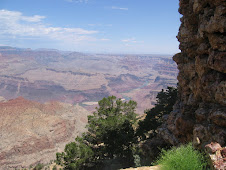
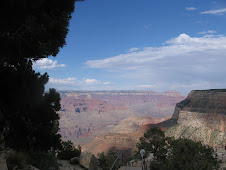
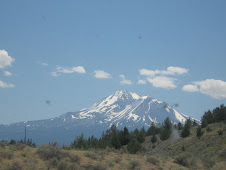



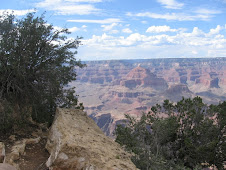
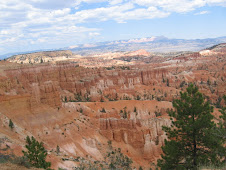
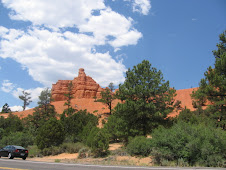


































No comments:
Post a Comment